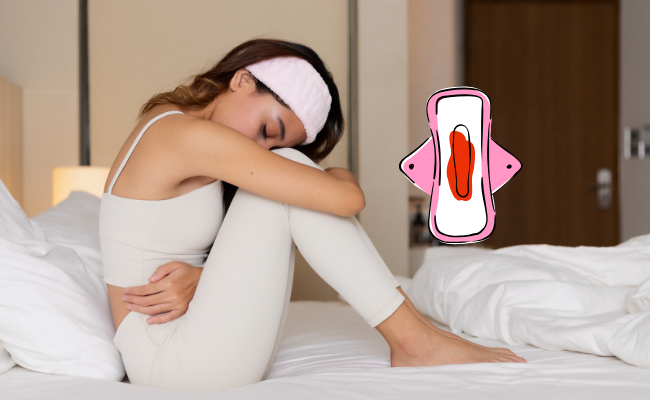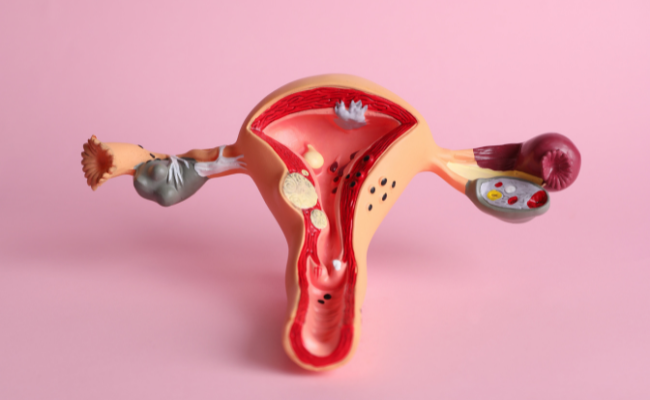How to Treat Bartholins Cyst?
- January 22, 2024
- No Comments
What is Bartholin's Cyst?
Bartholin's cyst, a prevalent gynecological issue, impacts the Bartholin's glands located on each side of the vaginal opening. Responsible for producing lubricating fluids for the vagina, these glands can develop cysts when their ducts become blocked, forming fluid-filled sacs that induce discomfort and pain.
Commonly referred to as a vulvar cyst, the Bartholin cyst is situated on either side of the labia, the external folds of skin encircling the vaginal opening. Linked to the Bartholin glands, which secrete vital vaginal lubrication, this condition arises from blockages that lead to lump formation. While some cysts remain inconspicuous, infection can transform them into painful abscesses, emphasizing the need for prompt medical attention and appropriate treatment.
Why Do Bartholin's Cysts Occur?
The most common reason for the development of Bartholin's cysts is a blockage in the ducts of the Bartholin's glands. This blockage can be caused by various factors, such as bacterial infections, sexually transmitted infections (STIs), trauma to the gland, or hormonal changes. When the normal flow of fluid from the gland is obstructed, it accumulates, leading to the formation of a cyst.
How to Identify Bartholin's Cysts?
- Bartholin's cysts are typically characterized by a painless lump or swelling near the vaginal opening. However, if the cyst becomes infected, it can cause symptoms such as pain, tenderness, redness, and discomfort during activities like walking or sitting. In some cases, the cyst may develop into an abscess, leading to more severe symptoms, including fever and general malaise.
- Diagnosing Bartholin's cysts usually involves a physical examination by a healthcare professional. In some cases, additional tests may be conducted, such as a biopsy or cultures to identify the underlying cause of the cyst, especially if infection is suspected.
Treatment Solutions for Bartholin's Cysts:
- Warm Compress: Applying a warm compress to the affected area is a simple and effective home remedy for relieving discomfort associated with Bartholin's cysts. The warmth helps to increase blood circulation, reduce inflammation, and promote drainage. Patients can use a warm, moist cloth and apply it to the cyst for around 15-20 minutes several times a day.
- Sitz Baths: Sitz baths involve sitting in a shallow, warm bath that covers the hips and buttocks. This can help alleviate pain and promote drainage of the cyst. Adding Epsom salts to the bath may enhance the therapeutic effects. Sitz baths can be done a few times a day for relief.
- Antibiotics: If the Bartholin's cyst is infected, antibiotics may be prescribed to target the underlying bacterial infection. It's essential to complete the entire course of antibiotics as prescribed by the healthcare provider to ensure the infection is fully eradicated.
- Incision and Drainage: In cases where the cyst is painful or does not respond to conservative measures, a healthcare professional may recommend incision and drainage. This procedure involves making a small incision in the cyst to drain the accumulated fluid. It is usually performed under local anesthesia.
- Marsupialization: Marsupialization is a surgical procedure that involves creating a permanent opening in the cyst to allow continuous drainage. This can help prevent the recurrence of Bartholin's cysts. It is a more invasive option and is typically considered if other treatments have been unsuccessful.
- Word Catheter Placement: A Word catheter is a small device that can be inserted into the cyst to promote drainage. It is left in place for a few weeks, allowing the cyst to heal. This procedure is often performed in a healthcare setting.
Benefits of Treating Bartholin's Cysts:
- Pain Relief: Effective treatment provides relief from pain and discomfort associated with Bartholin's cysts. This is particularly important for improving the overall quality of life for individuals affected by this condition.
- Prevention of Complications: Timely treatment can prevent the development of complications such as abscess formation. By addressing the cyst promptly, the risk of infection and more severe symptoms is minimized.
- Improved Sexual Function: Bartholin's cysts can interfere with sexual activity due to pain and discomfort. Successful treatment enhances sexual function and reduces any hindrance caused by the presence of a cyst.
- Prevention of Recurrence: Certain treatment options, such as marsupialization, aim to prevent the recurrence of Bartholin's cysts. This is crucial for individuals who experience frequent cyst formation.
- Resolution of Infection: For cases involving infection, the use of antibiotics helps in resolving the underlying bacterial infection. This is essential for preventing the spread of infection to other parts of the body.







.jpg)


Comments (0)
No comments yet